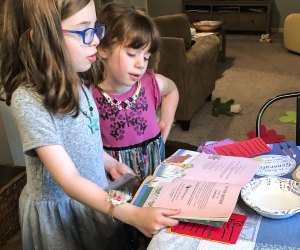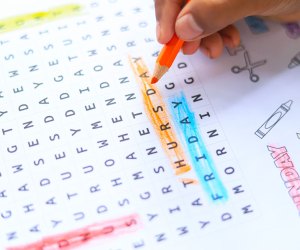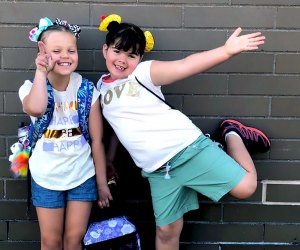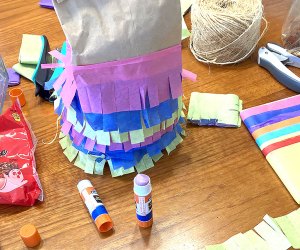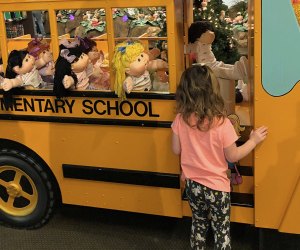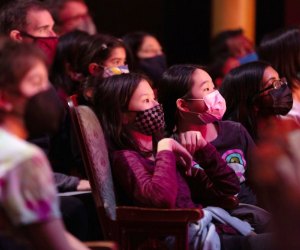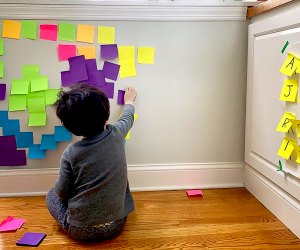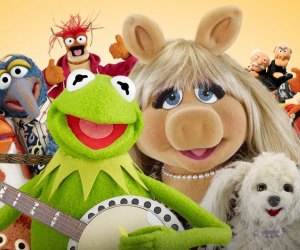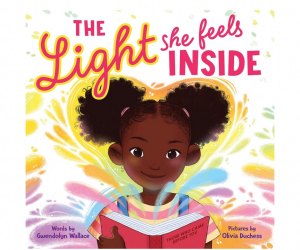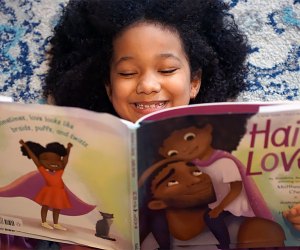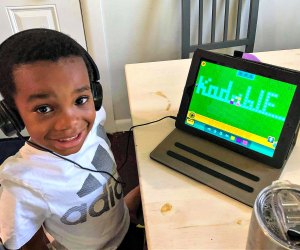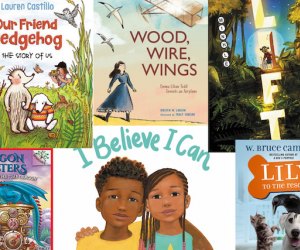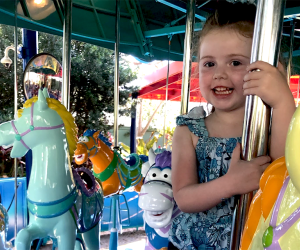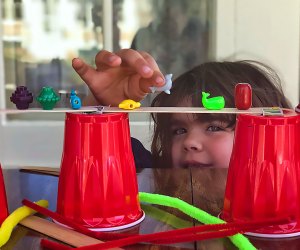Virtual - various times
Virtual - various times
Virtual - various times
Virtual - various times
Virtual - various times
Virtual - various times
Virtual - various times
 Spark Math: Free Trial Class
Spark Math: Free Trial Class
Virtual
How Different Was What We Expected of First Graders in 1979 From Today's Common Core?
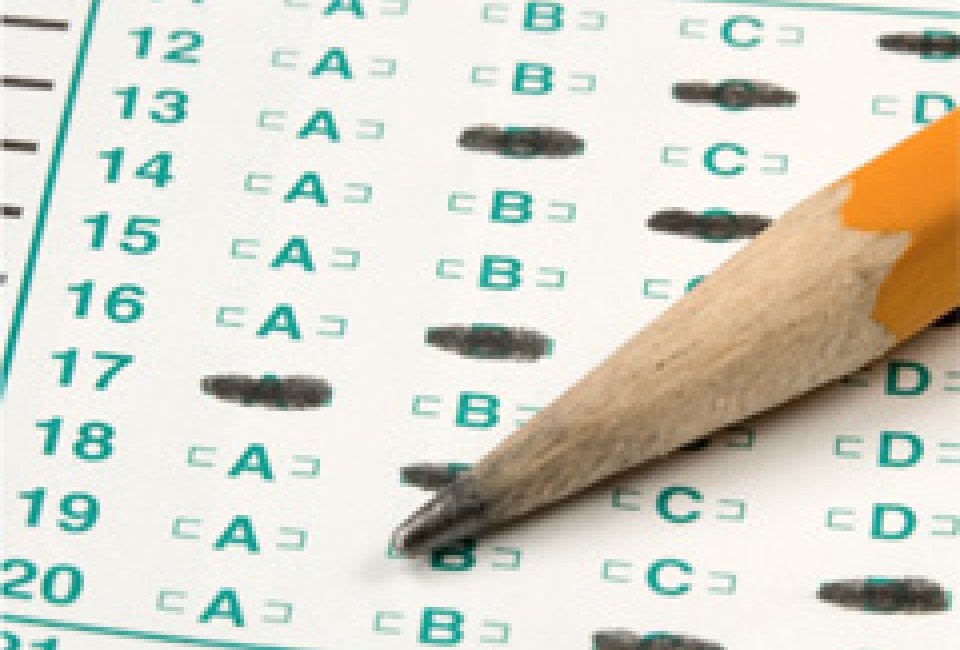
This year almost 200,000 kids in New York State chose to opt out of the standardized state tests for grades 3 through 8. That’s a whopping 15% and almost four times the number that opted out last year. The growing dissent over the Common Core and high-stakes testing has been visible in article after article citing despicable practices, product placement and age-inappropriate questions. While I think most parents are in favor of high standards for kids, there’s obviously a lot of frustration with how the Common Core is being implemented, and it raises the question of what our standards really are.
Of all the articles bouncing around the Internet these days about the Common Core and standardized testing, two particularly caught my attention. One describes the standard expectations for a first grader in 1979; the second shares math problems from a first grade Common Core curriculum today. The difference is striking and astonishing, and will really make you rethink the educational road we've gone down since we were little.
OUR LATEST VIDEOS
I witnessed this shift firsthand with my own children. When my daughter was in first grade, her veteran teacher assured all the parents at the beginning of the year that children are developmentally ready to learn to read at age six. Some would learn at the beginning of the year, and some might not start reading until the end of the year, but that was fine. In 2004, children were not taught how to read in kindergarten.
By 2008, when my son was five, Mayor Bloomberg declared that children should learn how to read in kindergarten. At our October parent conference, my son’s kindergarten teacher told me she was concerned that he was only reading at an "A" level. Children didn’t change in those five years; what we asked of them did.
Let's turn back the clock a little further: Christine Whitley shared an excerpt from the 1979 edition of Your Six-Year-Old: Loving and Defiant, a book by renowned child development psychologist Louise Bates Ames. The book contains a checklist of 12 developmental milestones; a child should have reached at least 10 of them to be considered ready for first grade.
So what was expected of a child entering first grade in 1979? They should have been able to:
-
State where they live in a clear, understandable way.
-
Color within the lines.
-
Know their right from their left.
-
Travel alone within their neighborhood four to eight blocks to a friend’s house, school or the playground.
-
Count ten pennies.
-
Try to write or copy letters or numbers.
See the whole list on ChicagoNow.com.
Meanwhile, according to Valerie Strauss of The Washington Post, here are some questions from a recent first grade Common Core math test (click here to see these problems illustrated):
Question 1 shows a picture of five pennies and the description, "part I know." Then there’s a cup of coffee with a "6" on it and the word "whole" underneath. Students are asked to "find the missing part" from a set of multiple choice answers.
Question 12 on the same test shows seven blocks; three are white and four are dark. The question asks, "Which is a related subtraction sentence?" and students must pick from a set of four addition problems.
How long did it take your adult brain to process what they are asking in those questions?
I’m all for setting high standards for kids, however, I think it’s safe to say that children’s brains have not evolved significantly in the past 35 years. So the question is, what are appropriate expectations for our young learners? And, what's more important for a 6-year-old to know: how to take a multiple choice test, or how to navigate safely in our world—going to the playground, or a friend’s house?
Featured Local Savings

newsletters.









